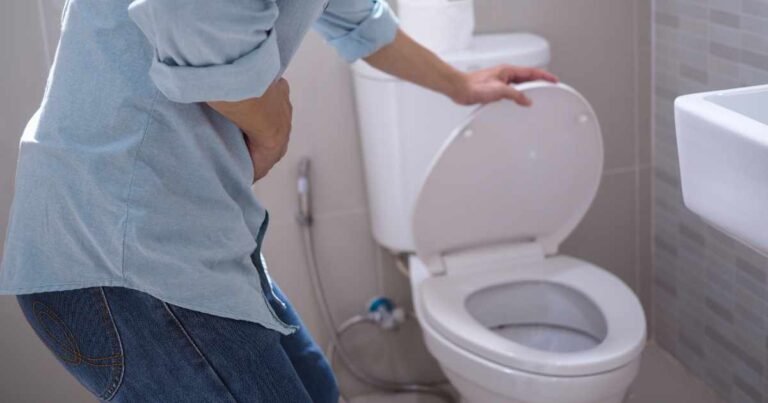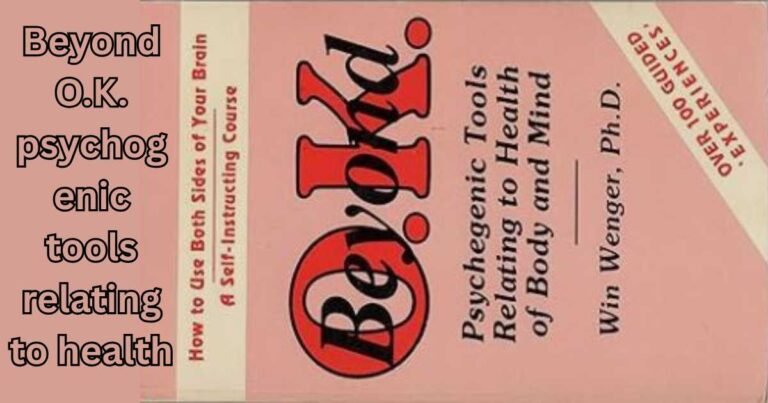Painless Lump on Knee: Causes, Symptoms, & Treatment

Have you ever noticed a bony lump on your kneecap that didn’t hurt? At first glance, it might seem alarming, but in most cases, it’s not something to panic about. These lumps can develop for several reasons, from injury to natural age-related changes. Let’s break down the possible causes, symptoms, and treatment options to help you better understand this condition.
What Causes a Painless Lump on Knee?
A painless bump on your knee often results from certain conditions that aren’t serious. But if you’re curious, here’s a breakdown of the common causes:
- Osteophytes (Bone Spur): Bony growths develop when your bones try to repair themselves, often due to arthritis or joint wear.
- Osgood-Schlatter Disease: Mostly seen in kids and teens, it causes a bump just below the kneecap. It’s temporary and usually goes away with time.
- Prepatellar Bursitis: Prepatellar bursitis, often referred to as housemaid’s knee, develops when the small fluid-filled cushion in front of the kneecap becomes swollen or irritated.
Types of Painless Bumps You Might Find on Your Knee
Here are some common reasons for those bumps:
| Condition | Cause | What Happens |
| Bone Spurs (Osteophytes) | Arthritis or joint damage | Small growths appear on bones, often painless |
| Osgood-Schlatter Disease | Stress on knee during growth | A temporary bump just below the knee, usually in growing teens |
| Prepatellar Bursitis | Repeated kneeling or pressure | Swelling of the bursa, can appear painless at first |
| Cysts or Benign Tumors | Fluid-filled sacs or non-cancerous growths | Generally painless, may appear as lumps on the knee |
Warning Signs That You Should Consult a Doctor
While most painless lumps aren’t a big deal, there are sure warning signs to look out for. If any of the following happen, it’s a good idea to consult a doctor:
- The rapid growth of the lump
- Pain, warmth, or redness around the lump
- Trouble moving your knee or instability when walking
- A fever or chills
- The lump shows up after a recent injury
When to Seek Emergency Help
In rare cases, a knee lump could signal a more serious problem. If you experience any of the following, head to the hospital:
- Loss of sensation or difficulty moving the lower leg
- Severe pain or inability to move the knee
- High fever (over 101°F)
- Significant bleeding or a clear bone break
How Do Doctors Diagnose a Bony Lump on Your Knee?
When you visit a doctor, they’ll likely perform a few tests to figure out what’s going on:
- Physical Exam: The doctor will feel the lump and check for pain, swelling, or restricted movement.
- Medical History: You might be asked when you first noticed the lump and if you’ve had any injuries or similar symptoms.
- Imaging Tests: Doctors might use X-rays or MRI scans to get a better look inside your knee.
- Lab Tests: Blood work or fluid analysis might be done to check for infections or inflammation.
Treatment Options for Knee Lumps That Aren’t Causing Pain
You usually won’t need surgery or strong medication if the lump doesn’t hurt. Here are a few things you can try at home or with the help of a doctor:
- Rest and Modification: Avoid activities that put stress on your knee.
- Physical Therapy: Exercises to strengthen and stabilize the knee.
- Ice and Compression: Applying ice packs and compression wraps can reduce swelling.
- Medications: Over-the-counter pain relievers to ease any discomfort.
Advanced Treatment Options
If the lump continues to cause issues, there are some treatments you might need:
- Surgical Removal: In cases of tumors, cysts, or severe bursitis, surgery may be required to remove the lump.
- Corticosteroid Injections can help reduce inflammation if the lump is due to bursitis or another inflammatory condition.
- Prolotherapy: An advanced treatment that involves injecting a regenerative solution to stimulate healing in damaged tissues.
Preventing Knee Lumps
Although you can’t always avoid them, there are some things you can do to reduce the chances of developing knee lumps:
- Use Knee Pads: Wear knee pads for extra protection if your job or sport involves kneeling.
- Stay Active: Maintaining a healthy weight and staying active can help reduce pressure on your joints.
- Exercise Properly: Follow correct exercise techniques to avoid stress or knee injury.
Can You Live with a Knee Lump?
If the lump doesn’t hurt or interfere with your daily activities, you can usually live with it. However, keep an eye on any changes. If it gets bigger, starts causing pain, or becomes inflamed, seek medical advice.
Common Questions About Knee Lumps
What is a Baker’s cyst?
A Baker’s cyst is a swelling filled with fluid that appears at the back of the knee. It can cause tightness and bulging but may not be painful at first.
Can Osgood-Schlatter bumps go away?
Yes, for most kids and teens, the bump will shrink and disappear as they grow older and the tendon matures.
How can I reduce knee swelling?
Try anti-inflammatory medications, ice, compression, and elevating your knee. If the pain persists, check with a doctor.
Can bone spurs be removed without surgery?
Bone spurs usually require surgery for removal, but physical therapy and rest can help manage symptoms.






